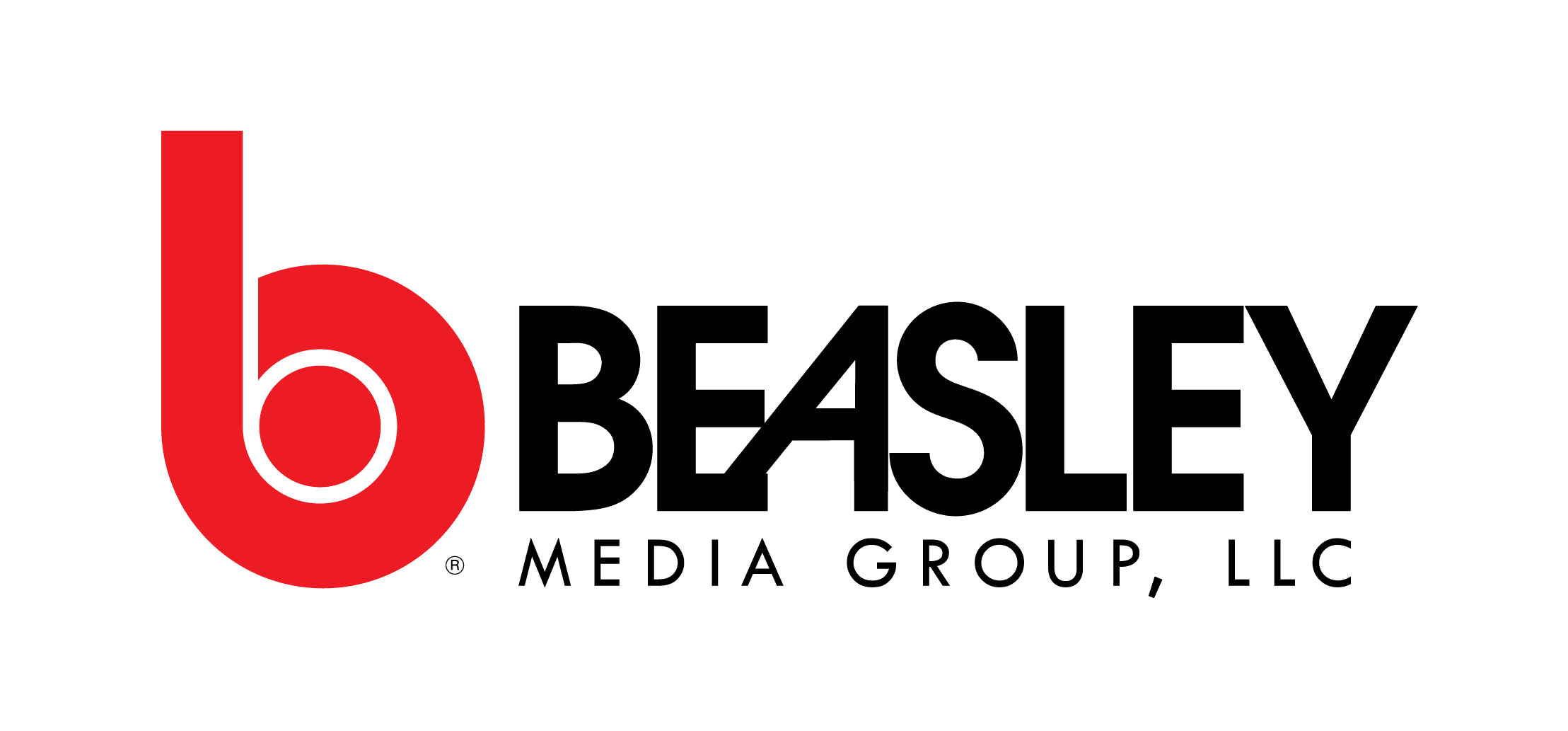We’ve all been there, standing in a toy store facing an incredible array of puzzles, robotics and science kits. Maybe you’re in a hurry on your way to a party or desperate for a gift in a faraway airport. You spot it – the perfect choice! Then you see it – the small letters that say \”Ages 5 and Up.\”
Your child is 4.
Walk away. Younger kids lack fine motor skills, which can lead to frustration and tears and rules and strategy may be concepts beyond their current attention span. And small parts? That is the biggest problem, children under the age of three are still putting things into their mouths. Small batteries can look like chocolate chips and puzzle pieces like candy.
“Parents always think \’My kid is smart – she can handle it,’” says Maryanne McGerty-Sieber, a Product Safety Investigator for the U.S. Consumer Product Safety Commission. A two-year-old is a two-year-old and will act like one. “When you’re buying toys for your children, your grandchildren, nieces or nephews or family friends be a label reader. Look at the information that’s on the product packaging and buy for the appropriate age. And for those families that have kids of different ages, there are small parts warning labels on toys for ages 3-5 that let the parent know that this toy contains small parts.”
\”Small parts\” is one the biggest concerns for the CPSC in children’s products. Assembly parts, pieces that detach or break off, removable batteries, or accessories can be dangerous if swallowed. Sometimes the problem is not obvious; an innocent-looking plush toy could lose its nose after a lot of wear and tear.
Families with children of different ages have to be especially careful. “My girls are two and a half years apart,” Maryanne says. “My younger daughter always thought she was the same age as her older sister!” Because you can’t watch them every second, separating toys and not putting them in shared toy boxes are good ideas.
Sports equipment like bikes and scooters are another example when you should always buy according to their age. Buying a bike your children can \”grow into\” may be too large to ride safely. That also includes scooters and hoverboards. And don’t forget the safety gear – helmets, elbow pads, and knee pads are usually sold nearby, so make it a complete purchase.
What about second-hand items? Garage sales and thrift stores offer attractive prices for everything from bikes, toys and other children’s products. But there are some items that shouldn’t be bought second-hand like bike helmets and infant/car seats. They could have been involved in an accident and have internal damage that affects their integrity.
The CPSC has other recommendations to help keep your kids – and you – safe. Information about product recalls, seasonal safety tips and guidelines are part of their website offerings. Check it out at: www.cpsc.gov or give them a call at their toll-free Hotline – 1-800-638-2772.
Remember, before you buy or accept any second-hand item always check to see if there has been a product recall on the CPSC website. The agency has listed every recall they have ever done since its creation in the ‘70s. “Go to CPSC’s website,” she advises. “One cautionary thought to keep in mind, before you make any purchase, always make sure there’s some type of identification. A manufacturer, a model number, a serial number, that’s the basic information you need to find out if it’s safe. If you don’t se
e anything at all – walk away.”

